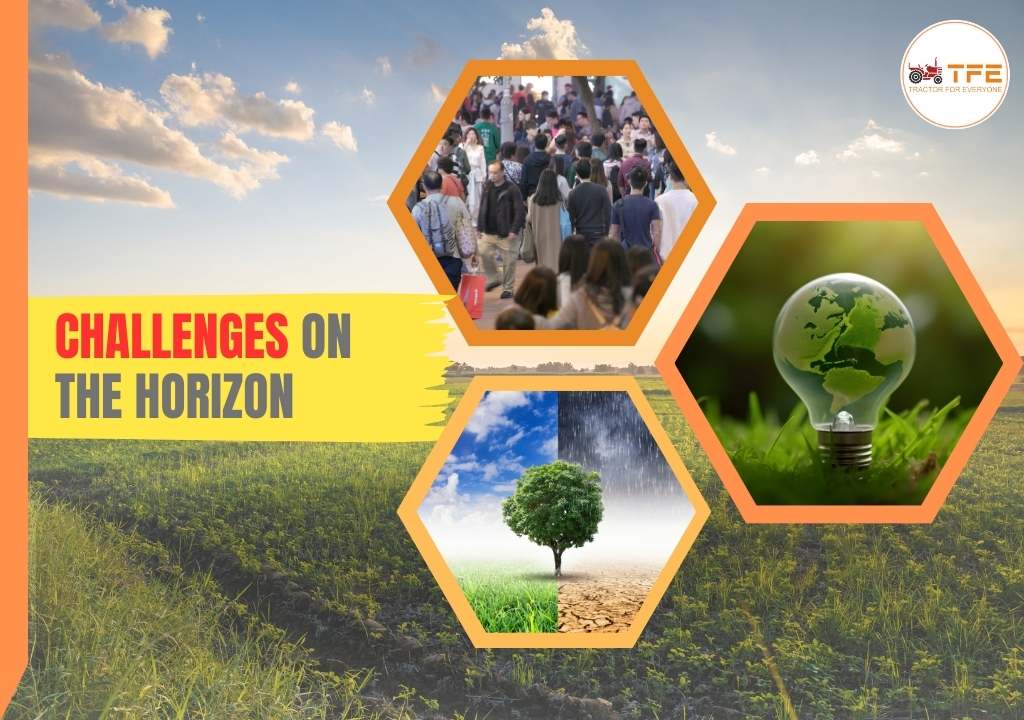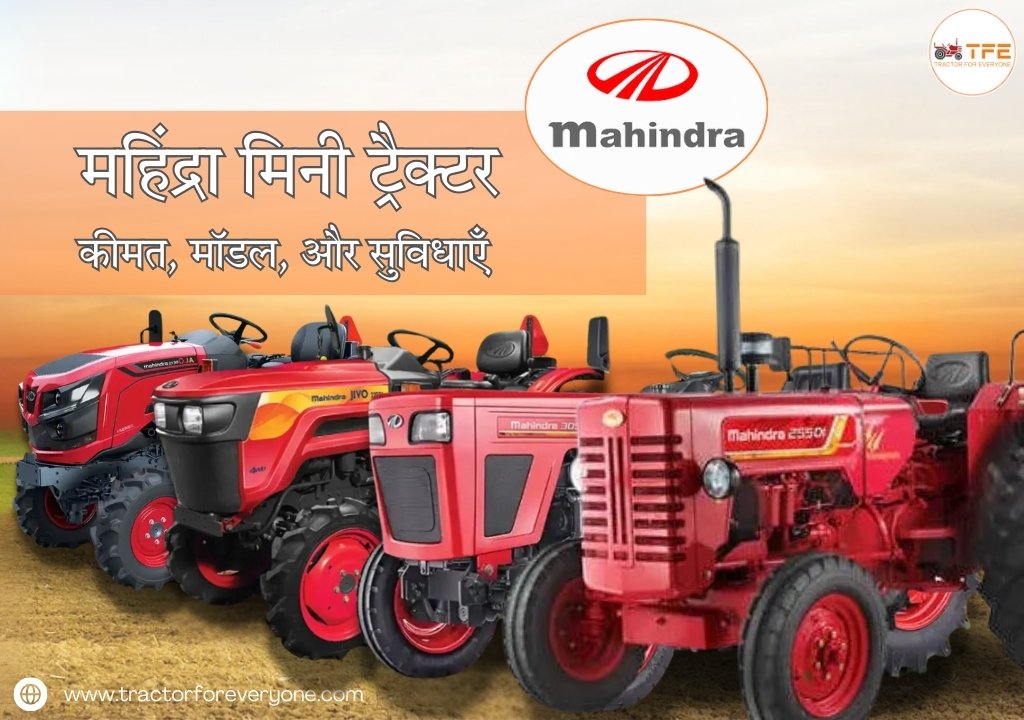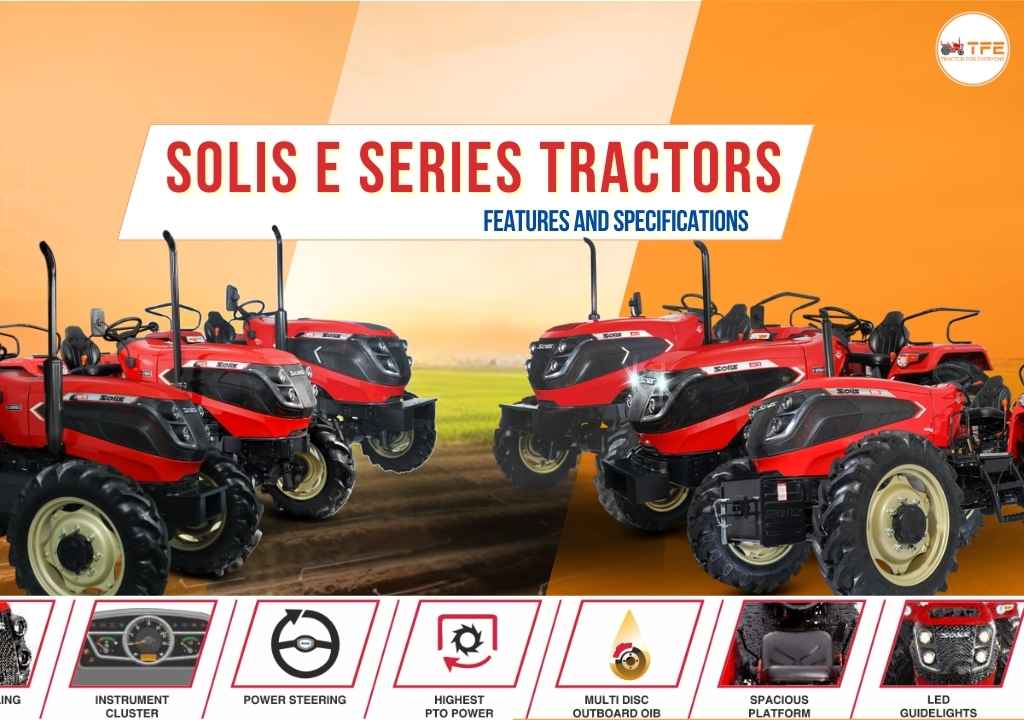Best Used Car, Services, Auto Parts, Rent Car Available for Buy and Sell Near By Go Ahead
- Swaraj Price 2025: Latest Swaraj Tractor Price List and On-Road Rates in India
- महिंद्रा मिनी ट्रैक्टर - कीमत, मॉडल, और सुविधाएँ
- Best Tractors in India 2025: Top 10 Picks for Every Farm Size
- Swaraj 855 FE Tractor Review 2025 Features, Price and Performance Explained
- महाराष्ट्र फार्मर आयडी: ऑनलाइन नोंदणी प्रक्रिया, कागदपत्रे आणि फायदे
- Sonalika Tractor Price 2025 Complete List of Models, Series and Latest Offers
- Swaraj Tractor Price List 2025: Best Tractors for Small, Medium & Large Farms
- Swaraj 744 FE Price, Features & On-Road Cost Explained for 2025
- Mahindra Tractors Price 2025: Complete List, Series-Wise Comparison and Best Models
- New Holland 3630 TX Super Plus+ Tractor Review 2025: Features, Price and Performance

The Road to 2047: Transforming Indian Agriculture for a Sustainable Future
As India marches toward its centennial year of independence in 2047, the vision of becoming a developed nation takes centre stage. Achieving this goal demands a multi-pronged approach to elevate the nation’s Gross National Income (GNI) by nearly sixfold. Central to this transformation is agriculture, a sector that has long been the backbone of the Indian economy. The journey to 2047 poses significant challenges but also opens up promising opportunities to redefine Indian agriculture through innovation, sustainability, and inclusivity.
Current State of Indian Agriculture
Agriculture in India holds dual significance—as a livelihood for millions and as a contributor to the economy. However, the sector faces an urgent need for structural changes to remain viable and competitive in the long run.
Contribution to GDP
- Agriculture accounts for approximately 18.2% of India’s GDP while employing 42.3% of the population.
- Projections suggest this contribution could decline to 7%-8% by 2047 if transformational policies and practices are not implemented.
Growth Trends
- The sector has witnessed an average annual growth rate of 4.18% at constant prices over the last five years.
- However, growth is expected to dip to 1.4% in 2023-24 due to unpredictable weather conditions.
Food Production
- India achieved a record food grain production of 329.7 million tonnes in 2022-23.
- A marginal decrease to 328.8 million tonnes is projected for 2023-24, primarily due to delayed monsoons.
- Oilseeds production also reached a high of 41.4 million tonnes, reflecting steady progress.
Challenges on the Horizon

i. Population Pressure
India’s population is anticipated to surpass 1.5 billion by 2030, leading to an exponential rise in food demand. By 2047-48, food grain demand could reach between 402 million and 437 million tonnes, requiring an increase of 10%-13% over current production levels.
ii. Climate and Weather Vulnerability
Erratic weather patterns, including delayed monsoons and extreme climatic events, pose risks to consistent agricultural productivity. Addressing these issues requires robust policies and resilient farming techniques.
iii. Declining Resource Efficiency
Overexploitation of natural resources, such as water and soil, threatens long-term productivity. Sustainable farming practices and efficient resource utilisation are essential to mitigate this risk.
Government Interventions: Paving the Way Forward
The Indian government has introduced several initiatives aimed at enhancing agricultural productivity and sustainability:
Pradhan Mantri Krishi Sinchayee Yojana (PMKSY)
- PMKSY has expanded micro-irrigation coverage to 78 lakh hectares.
- With a ₹93,068 crore allocation for 2021-26, the scheme underscores the importance of sustainable water management.
Pradhan Mantri Fasal Bima Yojana (PMFBY)
- Approximately 610 lakh hectares are insured under PMFBY as of 2023-24.
- This scheme provides financial security to farmers against crop losses caused by natural disasters.
Electronic National Agriculture Market (eNAM)
- eNAM has integrated existing markets, benefitting around 1.76 million farmers.
- By September 2023, trade worth ₹2.88 lakh crore was facilitated through this platform, promoting market access and transparency.
Also Read: Sustainable Solutions: The Role of Renewable Energy in Modern Farm Mechanization
Opportunities for Agricultural Transformation
The road to 2047 presents unique opportunities to revolutionise Indian agriculture. Leveraging technology, policy reform, and sustainable practices will be instrumental in addressing future challenges.
Advancing Precision Agriculture
- Precision farming, enabled by drones, sensors, and data analytics, can optimise resource use and improve yields.
- Genetically modified (GM) crops offer the potential to enhance resistance to pests and extreme weather, ensuring stable productivity.
Water Management and Irrigation
- Advanced irrigation methods like drip and sprinkler systems can improve water-use efficiency.
- Government initiatives, such as PMKSY, continue to expand sustainable irrigation practices to tackle water scarcity.
Promoting Sustainable Practices
- Organic farming and regenerative agriculture are gaining traction as methods to improve soil health and reduce environmental degradation.
- Incentivising these practices can encourage farmers to adopt sustainable farming methods at scale.
Technology Integration
- Digital tools, such as mobile apps and artificial intelligence (AI), can provide farmers with real-time information on weather, soil conditions, and market prices.
- Blockchain technology can ensure transparency and efficiency in supply chains, reducing wastage and improving profitability.
Vision for 2047: A Sustainable and Inclusive Ecosystem
Transforming Indian agriculture is not merely about increasing production but creating a system that is sustainable, equitable, and inclusive. This involves addressing the socio-economic aspects of farming while leveraging modern tools and techniques.
Empowering Farmers
- Capacity-building initiatives can equip farmers with the knowledge and skills needed to adopt modern practices.
- Financial inclusion measures, such as accessible credit and insurance, can provide a safety net against economic shocks.
Strengthening Infrastructure
- Investments in cold storage, transportation, and processing facilities can reduce post-harvest losses.
- Expanding rural connectivity through roads and digital networks can enhance market access and integration.
Building Resilience
- Policies focusing on climate adaptation, such as drought-resistant crops and efficient water management systems, can bolster resilience against climatic uncertainties.
- Collaborative efforts between the government, private sector, and research institutions can drive innovation and scalability.
Conclusion
The road to 2047 for Indian agriculture is paved with challenges but also holds immense potential. By embracing sustainable practices, integrating technology, and implementing forward-looking policies, India can transform its agricultural landscape into a model of efficiency and resilience. As the nation approaches its centennial year of independence, a thriving agricultural sector will not only secure food security but also contribute significantly to India’s vision of becoming a developed nation.
Write a Comment
Popular Blogs View All
-

Swaraj Price 2025: Latest Swaraj Tractor Price List and On-Road Rates in India
07/24/2025, POSTED BY ADMIN -

महिंद्रा मिनी ट्रैक्टर - कीमत, मॉडल, और सुविधाएँ
02/18/2025, POSTED BY ADMIN -

Best Tractors in India 2025: Top 10 Picks for Every Farm Size
05/29/2025, POSTED BY ADMIN
Popular Video View All
-

महाराष्ट्रात Second Hand Tractors ची उत्तम संधी! तुमच्या बजेटमध्ये, विश्वासार्ह ट्रॅक्टर मिळवा!
12/16/2025, POSTED BY ADMIN -

TFE Reaper Machine Working | Full Multi-Crop Cutting Process!
12/16/2025, POSTED BY ADMIN -

5 Things You Need to Know Before Buying a Solis E Series Tractor
05/17/2025, POSTED BY ADMIN

